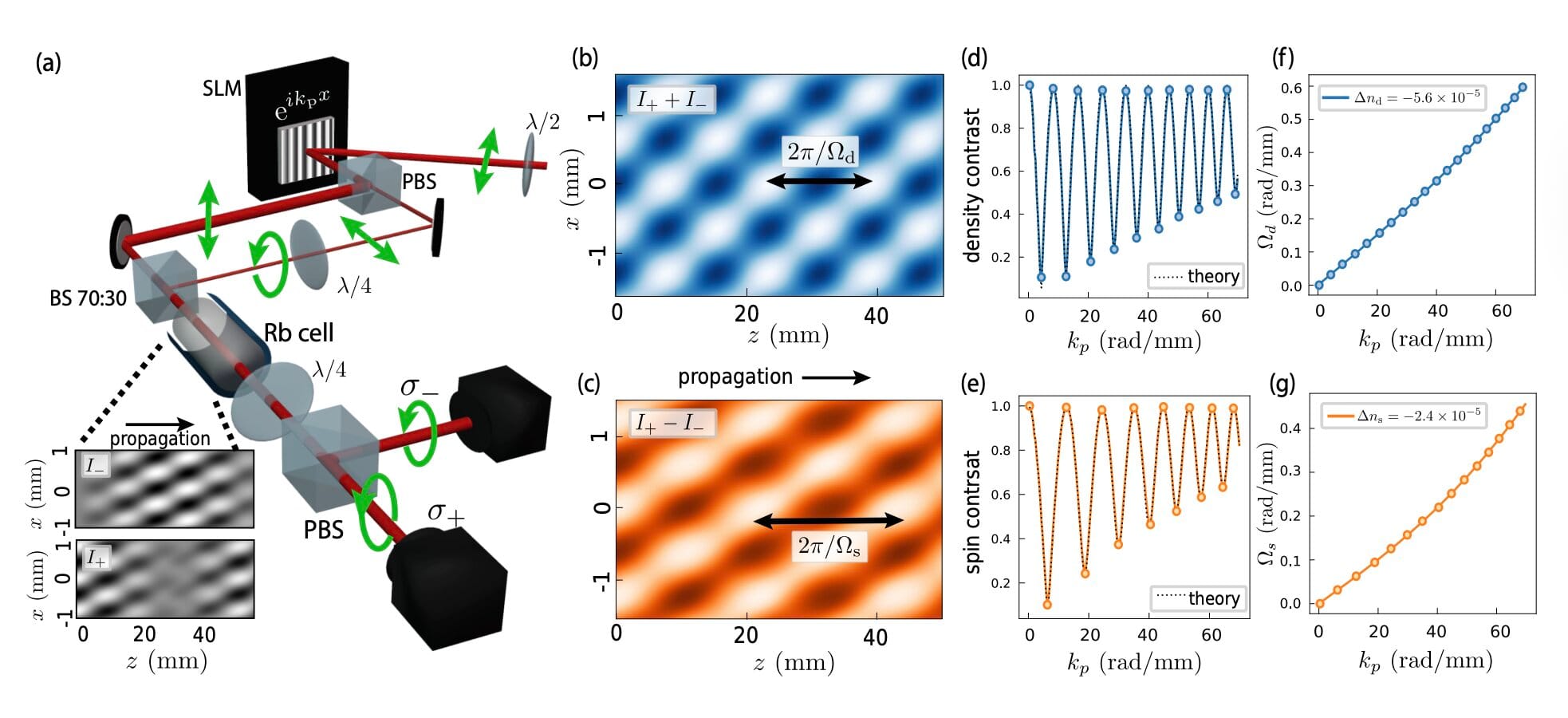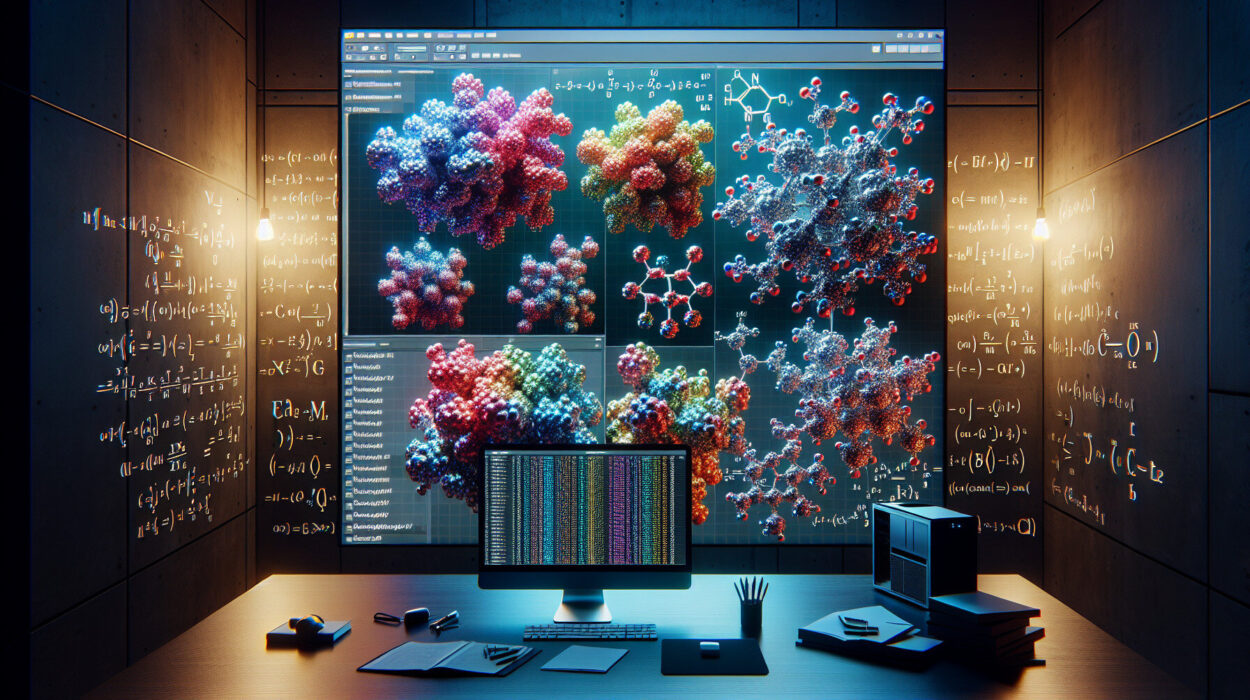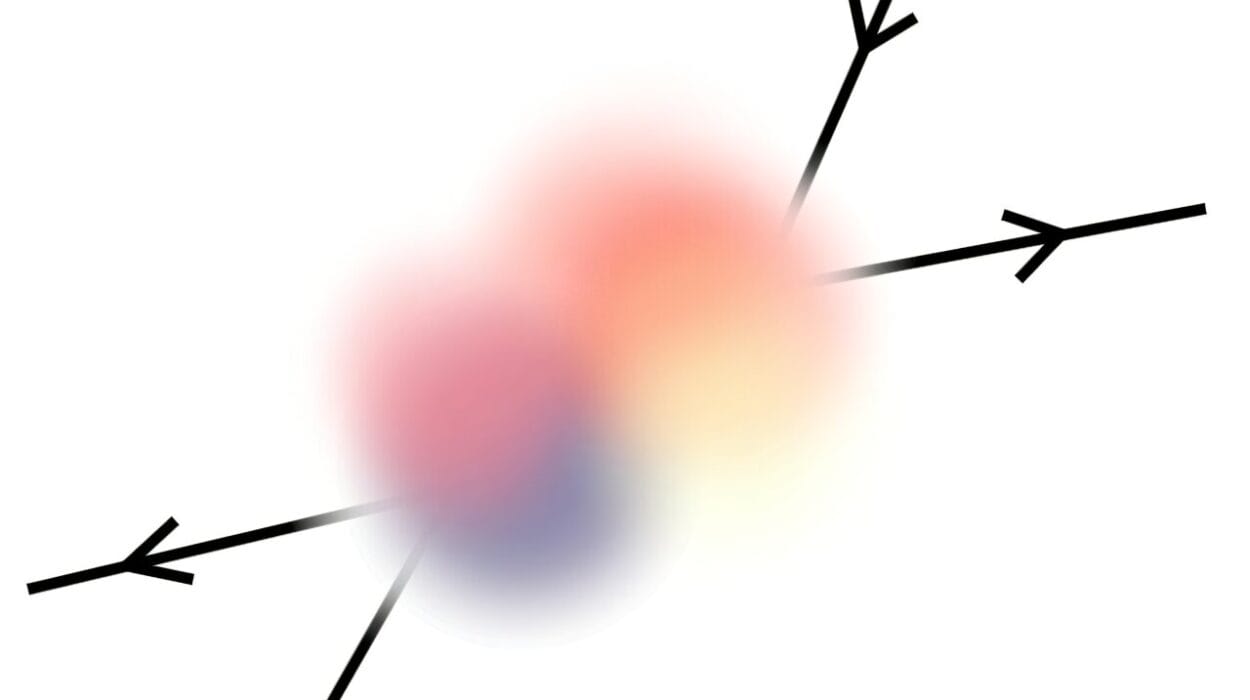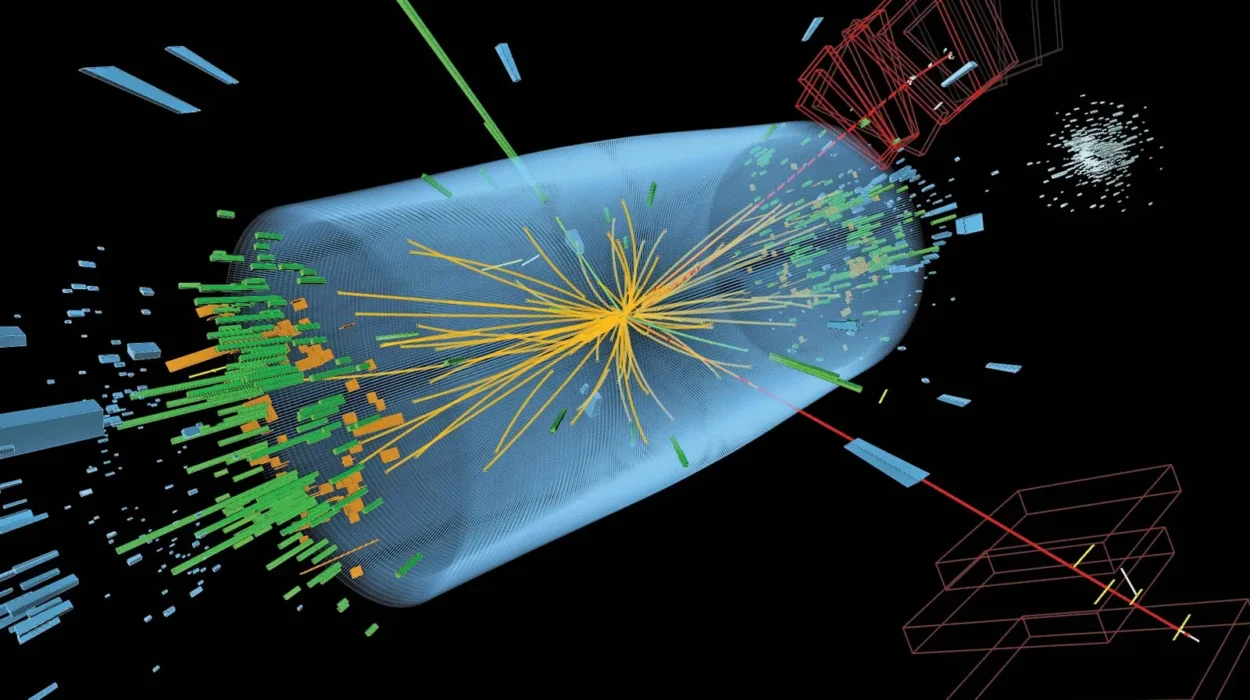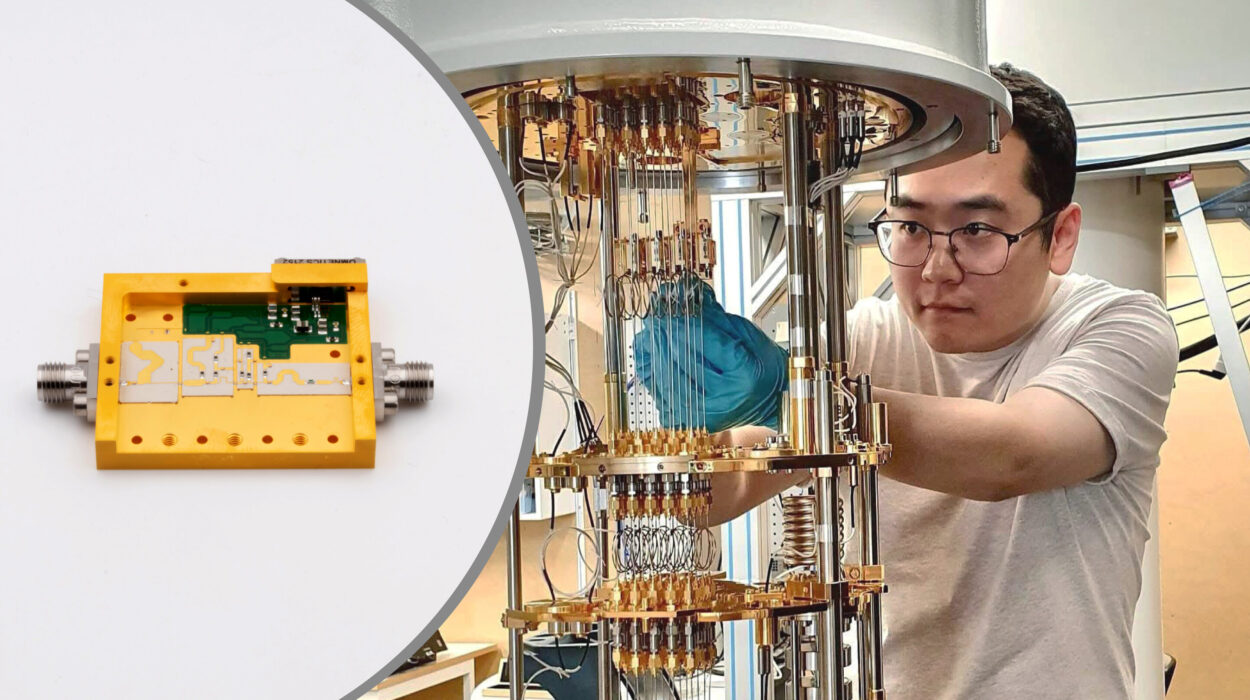In the quiet corridors of the Laboratoire Kastler Brossel in Paris, light is doing something it was never supposed to do.
It flows.
Not just in straight lines, not merely as waves reflecting off mirrors or refracting through glass—but like water in a stream. Without friction. Without resistance. As if it were a river of silk sliding effortlessly through space.
Light, it turns out, can behave like a superfluid—a quantum state of matter once thought reserved for the most exotic substances like helium near absolute zero or ultracold atomic gases. Now, thanks to groundbreaking new research, scientists have shown that photons—the basic particles of light—can flow together in collective harmony, displaying the same eerie, frictionless motion as superfluid helium.
And even more astonishing? These photons are not acting alone. They are interacting in pairs, forming a two-component fluid—a delicate and strange blend of light that behaves like a binary quantum superfluid.
This discovery could reshape how physicists study the quantum world and usher in a new era where light itself becomes a tool to simulate the mysteries of matter.
The Fluid Nature of Light
When most of us think of light, we imagine something fast and intangible—bright beams shooting through the vacuum of space. But in recent years, physicists have been exploring a more peculiar side of light: its ability to behave like a fluid, especially under carefully controlled quantum conditions.
In typical fluids like water or air, molecules move freely but encounter viscosity—internal resistance to flow. In a superfluid, that resistance disappears. Molecules flow in perfect unison, able to climb walls, swirl endlessly in a ring, or remain motionless when stirred. It’s a behavior that defies classical logic—and belongs entirely to the quantum world.
Now, for the first time, researchers have extended this remarkable phenomenon to light itself.
“We study quantum fluids of light,” explains Quentin Glorieux, a physicist at Sorbonne Université and senior author of the new study published in Physical Review Letters. “These are optical systems where light behaves like a superfluid, much like Bose-Einstein condensates or superconductors.”
A Tale of Two Light Beams
In their experiment, Glorieux and his team—including lead author Clara Piekarski—did something deceptively simple: they split a laser beam into two distinct components based on polarization. One beam spun clockwise, the other counterclockwise—a property known as circular polarization. These became the two “species” of their experiment.
They then sent these twin beams into a hot vapor of rubidium atoms, a cloud of gas that served as a nonlinear medium—one that allowed photons to interact with each other, something they ordinarily cannot do in a vacuum.
Inside this glowing vapor, the photons began to behave not as individual particles, but as part of a collective, fluid-like system. A two-component superfluid of light was born.
Just as in more traditional two-fluid quantum systems—like superfluid mixtures of helium or atomic gases—this photon fluid supported two types of collective oscillations: density modes and spin modes.
- Density modes refer to oscillations in the total number of photons—akin to waves passing through water.
- Spin modes, on the other hand, refer to oscillations in the difference between the two polarizations of light—like two currents of different-colored paint swirling separately in a bowl.
“This is exactly what we observed,” said Piekarski. “We saw clear signatures of both density and spin excitations. It was like watching two intertwined rivers of light ripple and respond to disturbances.”
Sound in a Sea of Light
One of the most dramatic results of the study was the observation of two distinct speeds of sound in this fluid of light—one for the density mode, and another for the spin mode. This is a hallmark of two-component quantum fluids, and something never before seen in a system made entirely of photons.
Even more impressive: the researchers could control the relative speeds of these waves by adjusting the intensity of the light. Because the rubidium vapor becomes saturated at high photon densities, it changes the way the photons interact—creating a kind of “dial” that tunes the behavior of the light fluid.
“This level of control is unique to fluids of light,” said Glorieux. “In other superfluid systems, like helium or ultracold atoms, you don’t have this flexibility. But with photons, we can shape their interactions in ways that were previously impossible.”
A Platform for the Quantum Frontier
Why does this matter?
Because quantum superfluids are not just strange—they’re powerful tools. Scientists use them to explore quantum many-body physics—the complex, often chaotic behavior of systems made of many interacting particles. These systems are notoriously difficult to simulate using traditional computers.
But fluids of light could change that.
With the ability to finely tune interactions, study spin and density modes separately, and even simulate quantum phase transitions or topological defects, superfluid photons become a laboratory for testing some of the most puzzling ideas in modern physics.
“This clearly opens the field of quantum fluids of light,” said Glorieux. “We’re just beginning to understand the possibilities.”
Already, the team is exploring even more bizarre phenomena, such as non-miscible regimes—where the two fluid components of light repel each other and separate, like oil and water. They’re even studying quantum hydrodynamic instabilities by making the two light components collide, mimicking turbulence or shockwaves on a quantum scale.
What Comes Next?
In the long term, superfluid light could be used to simulate black hole physics, study quantum turbulence, or even shed light (literally) on the nature of spacetime itself. Some researchers dream of building “optical analogs” of the early universe, using light to model the birth of cosmic structures in a lab.
And while we are still far from practical applications, this discovery pushes the boundaries of what we thought light could do.
Once considered massless and aloof, photons are now playing in the same playground as helium atoms and ultracold gases. They’re not just messengers of energy—they’re participants in the fluid dynamics of the quantum world.
It’s a reminder that even something as familiar as light still holds secrets—and that when we look closely, the universe is always more fluid than it seems.
Reference: Clara Piekarski et al, Spin and Density Modes in a Binary Fluid of Light, Physical Review Letters (2025). DOI: 10.1103/s58b-3mmx. On arXiv: DOI: 10.48550/arxiv.2412.08718
